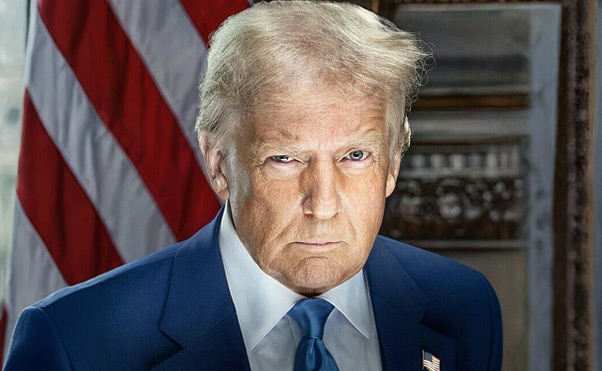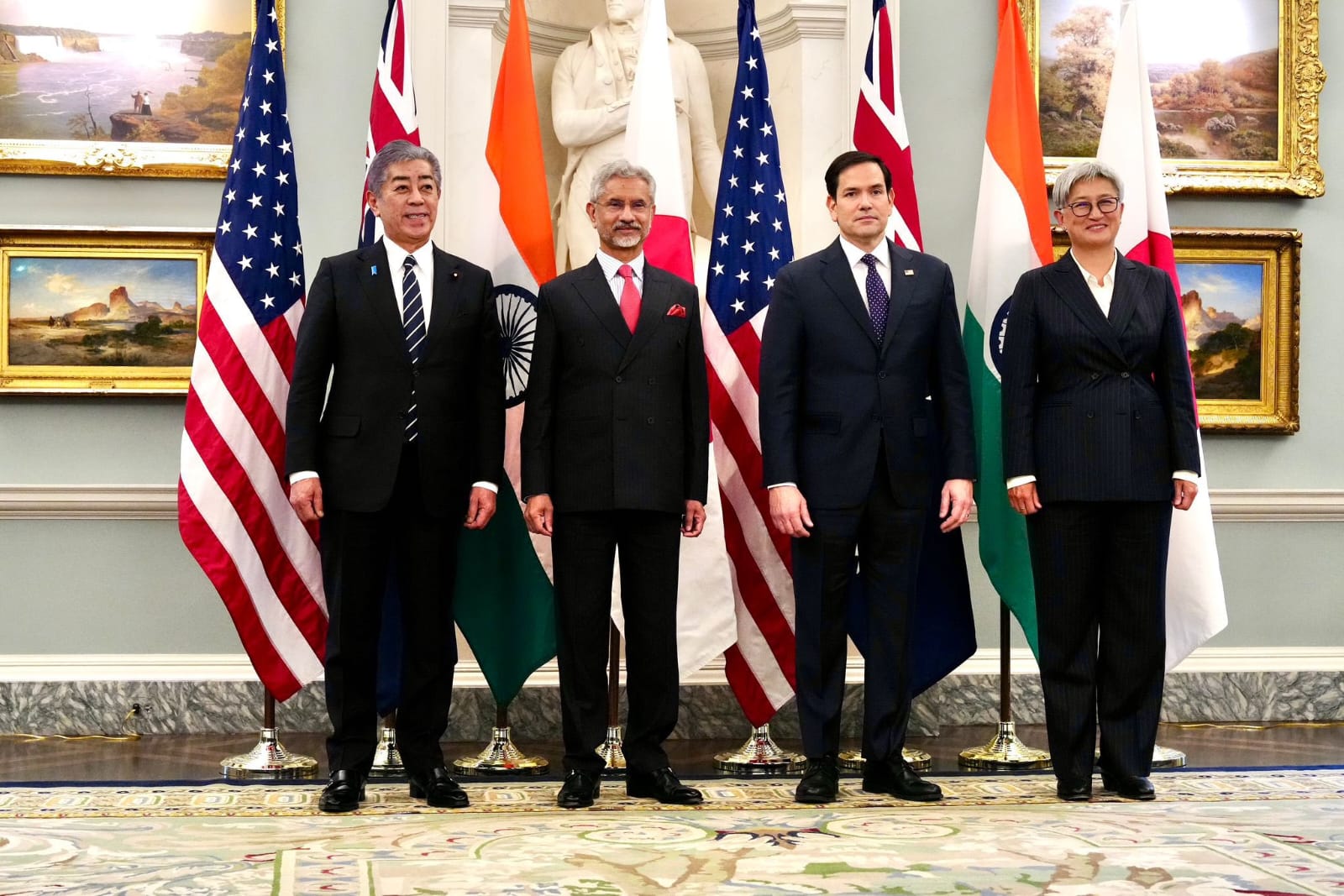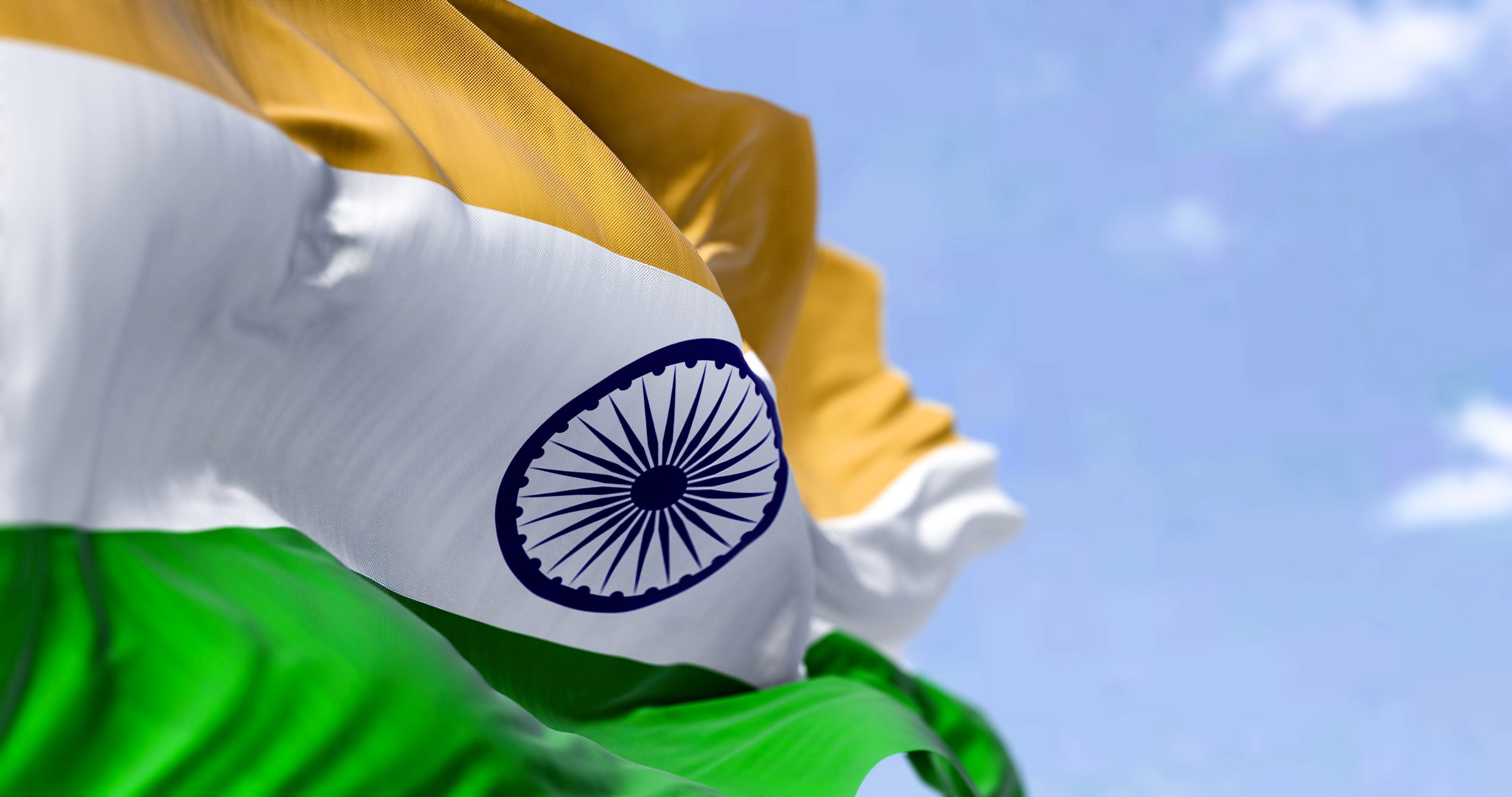
Taiwan: China’s Achilles Heel
 Thu, 07 Dec 2023
| Reading Time: 6 minutes
Thu, 07 Dec 2023
| Reading Time: 6 minutes

By enacting a national security law in 2020, China swiftly took away Hong Kong from the overreach of the Western powers. It was a rude awakening. While China didn’t keep its 1997, 50-year no-interference agreement, this time around no British or French warships sailed into the Pearl River to punish Chinese disobedience, the way it was done in the mid 19th Century.
Though Britain was powerless to discipline China, it was the United States that got the biggest jolt. For long the US leadership knew that they would not be able to save Hong Kong, but now it looked as if Taiwan could also be slipping out of their hands if they didn’t act decisively. This led to the implementation of an alternative approach — ‘provocation’. One Chinese leader subconsciously aided the US approach. He was none other than the Chinese President for life, Xi Jinping,
Xi Jinping in a November 2012 speech stated — “I firmly believe that the dream of the rejuvenation of the Chinese nation will be realized by 2049.” The official Chinese Communist Party (CCP) line has been to link Taiwan’s reunification with the goal of “national rejuvenation.” This means that the reunification would be achieved before the national rejuvenation. Xi reiterated the goal of reunification every following year with the rhetoric being notched up. Giving a timeline to the reunification was a strategic blunder by an otherwise very precise and cunning Chinese side.
Why is Taiwan Important
With the 21st-largest economy and a GDP of $761.7 billion, Taiwan produces 68 percent of the world’s semiconductors. China is the biggest export market for Taiwan, fulfilling close to 40% of their semiconductor demand. Taiwan’s exports to the U.S. were less than half of China’s and matched Hong Kong’s. In 2020, China spent more on importing chips than it did on oil. With the U.S. chip ban in place, the Chinese dependence on Taiwan further increases.
Therefore, dreaming of Taiwan’s semiconductor industry becoming the spoils of war would be a foolish CCP notion. Any reckless Chinese invasion of Taiwan in the coming decade would mean China is biting the hand that feeds it. The invasion would ensure extensive damage or destruction of much of the tech infrastructure China relies on. The Taiwanese would also be ready to make the biggest sacrifice. They would seriously sabotage or even destroy semiconductor plants themselves to deprive the Chinese of the spoils of war.
The Chinese may think of themselves as reverse engineering experts and assume that the Chinese forces would get hold of some of the fab units intact and run them. That may not be possible. Taiwanese engineers and experts’ cooperation would be required and that may not come forth.
The importance of Taiwan for the United States is summed up by this statement of Assistant Secretary of Defence Ely Ratner, “Taiwan is located at a critical node within the first island chain, anchoring a network of U.S. allies and partners—stretching from the Japanese archipelago down to the Philippines and into the South China Sea—that is critical to the region’s security and critical to the defence
of vital U.S. interests in the Indo-Pacific.”
Taiwan: China’s Graveyard
If Afghanistan became a graveyard of the Soviet empire and an embarrassment to the U.S. forces, then Taiwan would be a combination of both for China.
In the last decade or two, Chinese armed forces have accumulated an impressive stockpile of high-tech arsenal, however, its ability to use these machines remains unclear. The People’s Liberation Army (PLA) has yet to test the cohesiveness and effectiveness of the years-old theatre command structure. This untested shift could spring up many surprises for the PLA in the intense tactical environment.
PLA also conspicuously lacks combat experience. The PLA last fought a war with Vietnam over 44 years ago where it came a distant third. Xi Jinping is desperately trying to overcome those shortcomings before he launches his Taiwan invasion. For that reason, he brought the inexperienced PLA face-to-face with the battle-hardened Indian Army in the Himalayas, hired Air Force veterans from the Western nations, and studied every U.S. Navy campaign with great interest.
It is worrisome for the CCP that PLA’s top-serving generals have never fought a war. A handful of combat veterans who remain in service will also retire very soon. This implies that the PLA will soon have no personnel with firsthand combat experience. The underprepared and under-confident PLA has named the decades of peace and prosperity as a ‘Peace Disease’.
PLA’s unique and questionable dual-command system of the commanding officer and political officer would also be under scrutiny. In a war scenario when quick decisions are required to be made, these bureaucratic burdens would further weigh the PLA down.
The readiness of the PLA to fight on varied fronts, with opposing forces like the U.S., Japan, etc, and the ability to replenish and replace its widely dispersed forces on various fronts would be a significant challenge. China’s merchant vessel’s logistics program would come to a grinding halt illustrating the importance of the China-Pakistan Economic Corridor (CPEC) and Xi Jinping’s anger with India for not supporting the same.
On the other hand, Taiwan would be ready for a grand reception. Taiwan has 450,000 defending forces. To overcome that resistance China has to transport over 1.2 million forces (3:1 ratio) and tons of equipment, fuel, etc across a 177 km wide strait in merchant vessels, as China lacks the warship capacity. The mines moored in the strait would present the first challenge followed by the anti-ship missiles hidden in mountain bunkers. The forces that make it safely ashore would be welcomed by Taiwan’s rugged and mountainous terrain, which would soon become a trap for the PLA marine forces. Incidentally, the PLA also lacks paratrooper capacity. While the hedgehog defence would be safeguarding the island nation, supersonic missiles like Yun Feng with a 200 kg warhead and thousands of miles range could be creating havoc on mainland China.
All this is fine but never take a dictator and his resolve to reign supreme, lightly. Xi would justify the massacre of the PLA Navy for a higher aim. He wouldn’t even hesitate to take the most devastating step — attacking a U.S. aircraft carrier. As per the U.S. military doctrine, an attack on an aircraft carrier is as good as a nuclear attack. Since the US has not adopted a no-first-use policy, a retaliatory nuclear attack on mainland China cannot be ruled out. An unfortunate and inadvertent nuclear attack would lead to a nuclear winter and incapacitate China. China will not be able to recover from such devastation for decades.
Even a very unlikely but successful Taiwan invasion would have unique challenges. The humongous human and economic (tens of billions of dollars) cost of war and post-war isolation of China would certainly lead to the collapse of the Chinese economy and a significant global economic depression. The costs of garrisoning and maintaining Taiwan would be astronomically high in comparison to the costs of invasion.
The amalgamation of the PLA and the ROC forces would be another nightmare for the CCP. China has 57 million military veterans. They are mostly a disgruntled lot for various reasons. In case the ROC veterans receive higher pensions, then controlling the PLA veterans could become a huge headache for Xi Jinping’s regime.
Post-invasion, in all likelihood a civil war would ensue. The urban insurgency would tie down the PLA counterinsurgency forces to Taiwan for years, bleeding the already strained financial resources and leaving other Chinese borders vulnerable. The crisis could also trigger a political struggle on the mainland, which may result in the ouster of Xi Jinping.
The Indian Perspective
A strategic ambiguity is not a good option for any nation. However, with China, India must maintain ambiguity on the topic of the ‘One China Policy’ and recognition of Taiwan. This would keep the Chinese leadership always guessing.
The Taiwan invasion would also present an ideal opportunity for India to regain control of 15,000 square miles of land in Aksai Chin occupied by China. It will tilt the force balance in India’s favour. The total number of Indian Army strike forces near China’s border is around 2,25,000. The Chinese Military Districts of Tibet have 40,000 and Xinjiang 70,000 troops. The Chinese Western Theatre Command (WTC) has an estimated 90,000-1,20,000 troops, mainly at Chongqing and Baoji. In the event of an invasion of Taiwan, the Chinese commanders would be reluctant to spare such a large force for Tibet’s defence.
China In Hot Water
To date, the United States hasn’t overcome the political and military debacles in Iraq and Afghanistan. Therefore, any debacle in the Taiwan Strait will have enormous implications for the future of U.S. alliances in the region and its overall reputation across the globe. If the U.S. doesn’t take a firm stand in the face of Chinese aggression, a successful annexation would mean China coming within 76 miles of Japan and 120 miles from the Philippines.
The lack of response by other nations to the Chinese hot-headedness has led to the CCP overestimating its power. Emboldened China under Xi Jinping has taken the American bait of provocation and started boasting that reunification would take place, let the cost of war be anything. China must understand that pre-Taiwan invasion days are just like pre-World War II days. All nations are delaying the inevitable war so that the Taiwanese quagmire is well-prepared for Chinese hubris.
Disclaimer
The opinions expressed in this article are the author’s own and do not reflect the views of Chanakya Forum. All information provided in this article including timeliness, completeness, accuracy, suitability or validity of information referenced therein, is the sole responsibility of the author. www.chanakyaforum.com does not assume any responsibility for the same.
Chanakya Forum is now on . Click here to join our channel (@ChanakyaForum) and stay updated with the latest headlines and articles.
Important
We work round the clock to bring you the finest articles and updates from around the world. There is a team that works tirelessly to ensure that you have a seamless reading experience. But all this costs money. Please support us so that we keep doing what we do best. Happy Reading
Support Us















POST COMMENTS (3)
Rakesh Saxena
Wendell Bruges
Air Cmde Shashi kant Mishra VM (Retd)